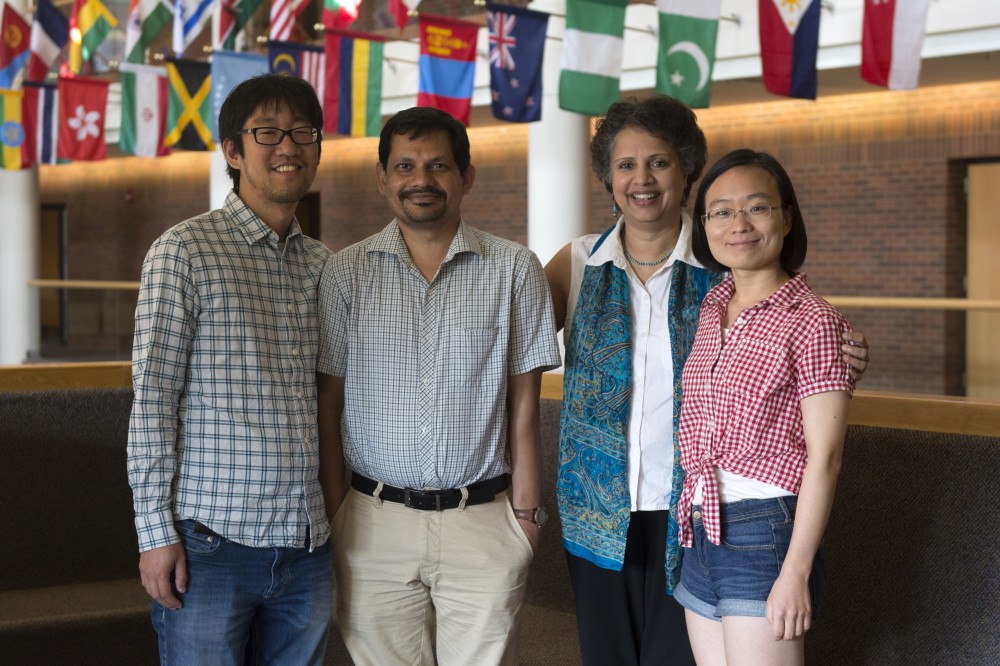A University of Minnesota professor has published new research demonstrating the potential for cities to cut greenhouse gasses and improve public health.
The research, published Sept. 18 in Nature Climate Change, was led by Anu Ramaswami, a professor at the University’s Humphrey School of Public Affairs. The study focused on benefits of using “cross-sector strategies” among cities in China that would combine technologies across homes, businesses, infrastructure and industries to mitigate carbon output.
The collaborative study, conducted with Yale University, Georgia Institute of Technology, Tsinghua University and Shanghai University, was funded by the National Science Foundation.
Energy used for city homes, businesses, transportation and infrastructure contributes more than 70 percent of global carbon emissions, according to the study.
“The government can do things sector-by-sector through regulation,” Ramaswami said. “But what is it that cities can do that national governments cannot do?”
Ramaswami’s research offered options like recycling heat waste from municipal and industrial facilities to heat and cool buildings.
“[These strategies] reduce resource use, reduce fossil fuel use, save money and create local health benefits,” Ramaswami said. “This is important, because in China, 4,000 people are dying of air pollution every day.”
The study, which examined 637 Chinese cities, predicted an up to 36 percent reduction in greenhouse gas emissions if all cities adopted the strategies. Additionally, up to 57,500 people would be protected from death due to unsuitable air quality.
“Most of the time we don’t know how much cities can contribute — most studies on cities have been a case-by-case basis, but you need data on all cities in a country to add it up,” Ramaswami said. “This is the first time we have created a [profile] database of all cities in a country.”
Ramaswami plans to analyze the United States next, compiling a similar database of carbon emission and infrastructure data.
“I think this research really demonstrates the benefits, when planning a new city and new policies, of using a more cross-sectoral approach,” said Kangkang Tong, a University Ph.D. student and co-author of the research.
Urban infrastructure and planning must be rethought to prioritize sustainability, Kangkang said.
St. Paul’s Ever-Green Energy, run by University fellow Ken Smith, has already started adopting strategies to recycle heat-waste from the sewers in Prospect Park.
“It is still in the design and engineering phase,” said Nina Axelson, public relations director of Ever-Green Energy. “But greenhouse gas emissions are expected to be reduced by 38 percent in the area.”








